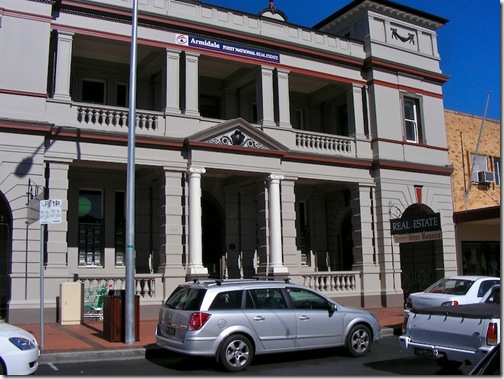Sometimes it can hard to sort fact from fiction, fiction from simple failures of an imperfect memory. Some of my first memories as a child are of the still very small University College. The Teachers’ College was just up the hill from home. Many of the people who feature in the early history of both are not just names. They were friends of my parents or grandparents. I often played with their children.
All these years later, I still have some degree of involvement with the University. In the intervening years I have been an undergraduate student, later a postgraduate student and have been involved with the place in a variety of activities. It can be difficult to disentangle it all, although stories stand out in my mind.
Orientation Week 1963 was very well organised indeed: “study hard,” the new students were told, “but also participate fully in university life.” This wasn’t hard, for apart from the Colleges and the Unions there were no less than fifty-eight clubs and societies on campus. There was little sign that February that the first great student revolt was about to break out.
Some University Council members had become concerned, or so the official line ran, with failure rates in the previous year; student social activities were detracting from study. Students took a different view, that the Council members and one in particular were concerned at perceived sexual immorality and the risk of pregnancy. Whatever the reason, Council decided to restrict room visiting between members of the opposite sex.
This decision was met with protest from colleges, some academic staff and from students. Should inter-collegiate visits be further restricted, Council was warned, “the student body will not feel constrained to obey such regulations.”
With Council to meet to further consider the matter, a major demonstration was organised on the day of the October meeting: 400 students blocked the Elm Avenue bridge, blocking access to Booloominbah until police cleared the road. The students then re-gathered on the lawns outside the Council room to continue their protest.
Council would not be moved. It considered itself in loco parentis at a time when most students lived in college, while many of the first years were seventeen, some sixteen It resolved that from January 1964, room-visiting would be banned. With term ending, the matter rested, but the ground was set for major confrontation in the new year.
Throughout 1964, student opposition continued, strengthening in 1965. Faced with an organised rule breaking campaign including mass room visits, a growing unwillingness of the Proctorial Board to impose fines and increasing opposition from college senior fellows, Council wilted. In September 1965, limited room visiting was reinstated. Agitation continued. Finally, in October 1967, Council handed the whole matter back to the Colleges.
While it was not clear at the time, the room visiting affair marked the start of a period of student rebellion that was to force change on all of Armidale’s schools and colleges. An era had ended.
Note to readers: This post appeared as a column in the Armidale Express Extra on 17 April 2013. I am repeating the columns here with a lag because the columns are not on line outside subscription. You can see all the Belshaw World and History Revisited columns by clicking here for 2009, here for 2010, here for 2011, here for 2012, here for 2013










